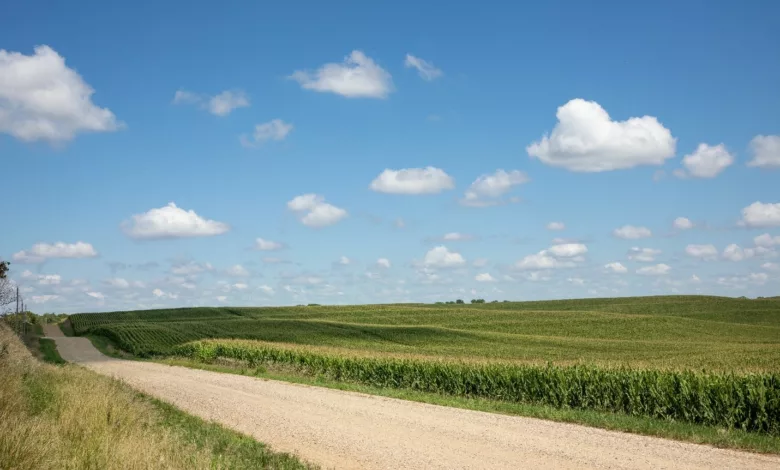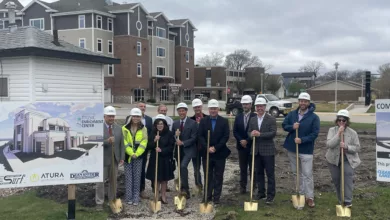Rural Iowa Report Shows Large Farms Continue to Grow as Small Farms Decrease
Farm trends publication highlights the changing landscape of Iowa agriculture

A recent farm trends publication from Iowa State University Extension and Outreach discusses changing farm trends between 2011 and 2021, including farm sizes, production values, net incomes and debt.
In Rural Iowa at a Glance, Farm Trends (2022 Edition), David Peters, professor and extension rural sociologist at Iowa State University, shares data that shows the way agriculture in the state is shifting.
One aspect of farming that has seen a great deal of change is farm size. In the past 10 years, the number of large commercial farms has doubled, while the number of small farms has decreased by 27%. Small farms have also seen sizable reductions in sales and acres farmed, with sales dropping by 59% and acres farmed dropping by 47%.
The drop in farm sales and acres farmed is tied to the fact that 68% of farms in Iowa are now operated by people who do not make the majority of their income through farming. Many small farms are operated by people who have a non-farm income or are retired, and the farm primarily serves as a place to live rather than work.
“As the numbers demonstrate, farming can be incredibly variable,” said Peters. “We also have a severe labor shortage in the non-farm economy, so workers in rural Iowa have options. People can choose the farm life, which involves a huge capital investment and a lot of volatility, or they can choose an off-farm job, which offers a much more stable income. For many, having an off-farm job while maintaining a small farm provides the best of both worlds.”
Rise in farm incomes
According to Peters, the data also reflects a sharp and somewhat unexpected rise in net farm incomes between 2020 and 2021. Net farm incomes increased across all farm commodities in Iowa, as well as all farm sizes and classes. This increase in net farm income allowed many farms to pay down debts, especially small and midsized farms, which saw high levels of debt utilization between 2016 and 2020.
“I was surprised by how much net farm incomes grew,” said Peters. “I knew that farm incomes would rise, however, with many government support payments for COVID and trade disputes ending in 2021, I did not expect to see commodity prices rise by as much as they did to offset those supports.”
Commodity differences
While there was a net increase in farm incomes across all commodities, some commodities saw greater increases than others. Corn and soybean farms have seen steadily growing incomes, with net farm incomes doubling since 2011. Hog farms have also seen steady growth, but net farm income was still 21% lower in 2021 than in 2011. Poultry has been much more variable, as although net farm income has grown by 200% since 2011, poultry farms saw a large dip in income between 2013-14 due to salmonella and bird flu outbreaks.
 One area of concern for Peters was the cattle sector. “Incomes in the cattle industry have not increased in the same way other commodities have increased, and many cattle farms haven’t been able to pay down debt as a result,” he added.
One area of concern for Peters was the cattle sector. “Incomes in the cattle industry have not increased in the same way other commodities have increased, and many cattle farms haven’t been able to pay down debt as a result,” he added.
Peters also noted that the dairy industry has seen sharp decreases in number of farms as well as acres farmed since 2011, which is another concern. “Our dairy sector in Iowa was small to begin with but has really gone into decline in terms of numbers,” he said. “The dairy industry has a long history in the state, but the trends that I am seeing indicate that this decline may unfortunately continue.”
The full report is available on the Iowa State University Extension Store. For more information, contact David Peters at 515-294-6303 or dpeters@iastate.edu




